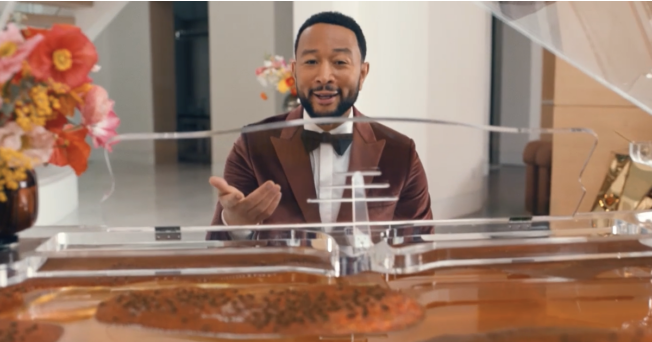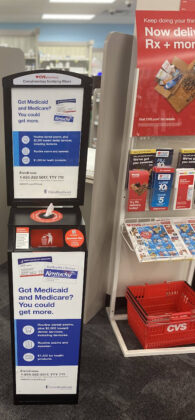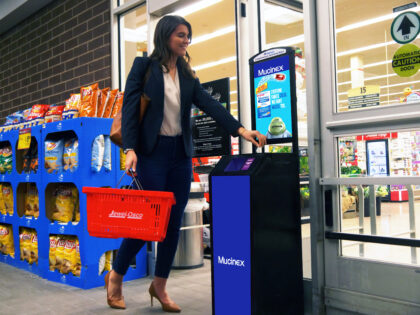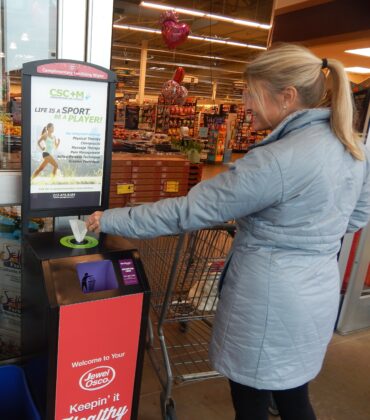The pharmaceutical industry has become extremely competitive in recent years, with many turning to a medical marketing firm to optimize their strategies. Pharma companies spent over $8 billion on advertising last year.
With this intense competition, it’s crucial to formulate an effective advertising campaign that maximizes the impact of all your marketing expenditures.
So, let’s dive in and break down the top marketing strategies that bring in the biggest return on investment (ROI).
Identify The Target
Healthcare Professionals (HCPs)
Marketing your pharmaceutical products to HCPs is essential, especially when optimizing healthcare provider advertising. Many consumers take the medications recommended to them by their care providers.
Advertising material geared towards HCPs should educate them on your products and how they treat associated diseases. This entails delivering crucial information on drug efficacy and side effects so HCPs can get a full picture and make an informed recommendation.
Patients
Nowadays, more and more people are taking their well-being into their own hands and turning to the internet to diagnose and find treatments for themselves. As such, an increasing portion of pharmaceutical marketing budgets goes toward advertising directly to consumers.
These direct-to-consumer advertisements can come from in-store ads, TV ads, or even social media advertising. The goal is similar to HCP marketing, in that you want to disseminate critical information about your product, but with the intention of having the consumer ask their doctor to prescribe it.
Your Customers & Their Pain Points
All business success is rooted in addressing a problem that consumers would pay you to solve. In this case, pharmaceutical companies must address the problems, or pain points, of both HCPs and consumers.
HCP Pain Points
- Information overload
- Can’t keep up with the latest medical industry advancements
- Lack of time to research all available treatments
Customer Pain Points
- Frustration with ineffective past treatments
- Side effect concerns
- Affordability of medication
Once you’ve clearly understood the pain points of your two audiences, you can then curate advertising content that addresses these points and shows how your pharmaceutical brand solves them.
How To Get In Front Of Them
Creating engaging advertisement content is pivotal to the success of your marketing campaign, but so is selecting the correct mediums to deliver it.
The most effective way to reach your target audience and increase general brand awareness is through an omnichannel approach that synergizes both your online and digital advertising content.
As we analyze the following marketing strategies, consider how they can complement one another. For example, your in-store advertising could feature QR codes that take consumers to your website or other online content.
The 5 Best Pharmaceutical Marketing Strategies
Wellness Boards
When it comes to in-store advertising for healthcare brands, nothing can compare to wellness billboards. Wellness billboards offer in-store shoppers sanitizing wipes from a dispenser located below a prominently featured advertisement. These sanitizing kiosks can be placed at storefronts, gyms, and most importantly, pharmacy wait areas.
Terraboost is an innovator in this advertising medium and has partnerships with pharmacies like CVS and Walgreens. Pharmacy wait areas are an ideal location for pharmaceutical advertising because they provide the optimal contextual setting to make an impression on consumers.
Advertising with Terraboost can ensure that your campaign results in the biggest boost to brand recognition and sales through the use of the latest marketing techniques, such as geofencing and retargeting. Both of these techniques rely on anonymized data to deliver advertisements to nearby consumers on their mobile devices. These online ads can appear on search engines, social media pages, or as banners on websites and have a proven track record in increasing customer conversion.
TV Commercials
TV commercials are generally used to increase public awareness of your treatment options by promoting your brand to a large audience, whether that’s a nationwide ad campaign or targeted to a specific region.
While these ads can be effective for bringing general awareness to your pharmaceutical company, they do have some important drawbacks. For one, it’s difficult to track how many consumers actually engage with your advertisement since many TV viewers go on their phones or walk away from the screen during ad breaks. Also, cable television ad space can become quite expensive, ranging from $1,500-$30,000 for a regionally targeted ad over just a few days to $10M+ for a nationwide multi-month campaign.
Marketing experts no longer value TV commercials as highly as they once did since so many consumers use streaming platforms or online services for entertainment. In-store advertising can reach a similar mass audience with more engaging material. For example, Terraboost has 120,000+ wellness billboards that deliver 8.8 billion monthly engagements.
Influencer Marketing
Influencer marketing is one of the latest advertising trends that ad campaigns are spending loads of money on– in 2022, influencer marketing grew to $16.4B.
It’s not a surprise that influencer marketing is so expensive, companies are paying for brand ambassadors with an established fan base in the hopes of converting a portion of them into consumers. This form of marketing can be great for increasing the reach and general awareness of your brand.
Though this sounds like an effective form of marketing, it can easily backfire. Influencers do have fans, but they also tend to be embroiled in controversy and have plenty of people who dislike them.
Pfizer recently featured John Legend in their latest advertisement for COVID-19 booster shots.

John Legend is a big star, meaning that Pfizer probably spent a pretty penny recruiting him. However, was it worth it?
Many consumers view pharma advertisements featuring influencers as disingenuous. Consumers prefer hearing from medical experts and doctors rather than being openly pandered to by celebrities. Based on the overwhelming number of sarcastic comments on the latest Pfizer ad, the campaign was likely unsuccessful in boosting sales.
Direct Marketing To KOL (Key Opinion Leaders)
Key opinion leaders (KOLs) are often solicited by pharma companies since they can have a massive influence over general market opinions. KOLs can be prominent physicians whose work is frequently cited or they can be medical professionals that hold high positions in organizations like the FDA and NIH.
These KOLs can help you assure the public of the efficacy of your medical services and products as well as provide industry insights on how to shape your product delivery to boost its general perception.
Here are the steps to directly market to KOLs
- Identify relevant KOLs in your product’s therapeutic area
- Attend conferences and join networking platforms to establish relationships
- Offer a mutually beneficial exchange by providing opportunities to KOLs in research projects, clinic trials, and board positions.
Directly marketing to KOLs certainly has its benefits, but it requires a significant amount of time and resources to accomplish. KOLs often have existing commitments, competing interests, and a lack of availability which makes partnering with them difficult. Your marketing assets could be put to better use by investing heavily into marketing in stores, such as through wellness billboards in pharmacy wait areas, which appeal to both HCPs and consumers.
Social Media Video Marketing
Online advertising can appear in a variety of locations, but online ads on social media platforms can result in the biggest increase in sales. This isn’t surprising when you consider that people on average spend 28% of their online time on social media platforms, whether that’s Facebook, Instagram, LinkedIn, or others.
Social media video marketing can be easily implemented by using the content you already post on your company’s official social media page and promoting it as an advertisement in targeted user feeds. Specific consumer groups are easy to reach on social media because these platforms continuously collect data on their users, such as their age, ethnicity, location, and interests.
The most effective healthcare industry advertising videos use consumer testimonials to make an emotional connection with viewers and encourage them to place trust in your brand. Take a look at how Excedrin promoted its headache treatment with this tactic:
The primary downside to social media video marketing is that it can be a nightmare to get your ads approved. There is an abundance of regulations and guidelines that severely limit what pharmaceutical companies can say in their advertisements.
There are a variety of marketing plans that pharmaceutical companies can use, but only a select few of them work. If you are looking for a competitive edge, get in touch with a Terraboost agent today for a personalized quote and some key marketing insights. Terraboost has extensive experience in healthcare marketing and has worked with pharmaceutical companies like Johnson & Johnson and Eli Lilly.
Independent studies have shown the effectiveness of Terraboost wellness billboards with 80% of shoppers taking a sanitizing wipe from in-store kiosks and 50% taking a coupon or brochure to learn more about the sponsored company.



